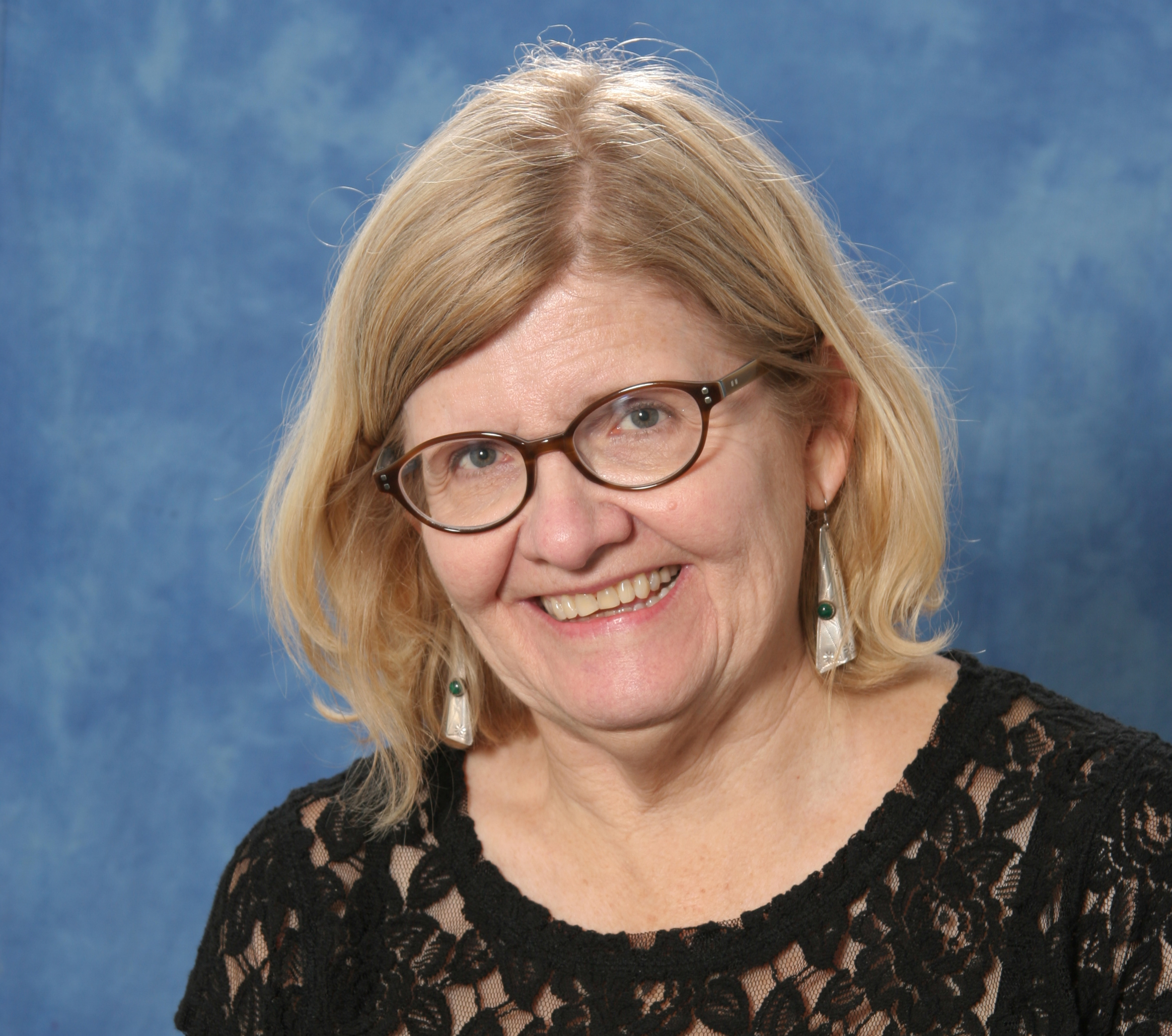The Arizona Space Grant Consortium, whose main offices are hosted by LPL, played host to the Fall 2015 National Space Grant Directors’ Council Meeting at the Westin La Paloma in Tucson at the start of October. LPL’s Tim Swindle, Director of the Arizona statewide consortium, and Susan Brew, Program Manager for Arizona, were the organizers. LPL's Professor Dante Lauretta was the keynote speaker for the meeting. The meeting drew more than 150 attendees from all 50 states to discuss STEM workforce-development issues, particularly those related to Space Grant. At one point, Senator John McCain, who happened to be in the building, even stopped by for an impromptu 5-minute speech (see photo below, with Steve Ruffin, chair of the National Space Grant Directors’ Council).
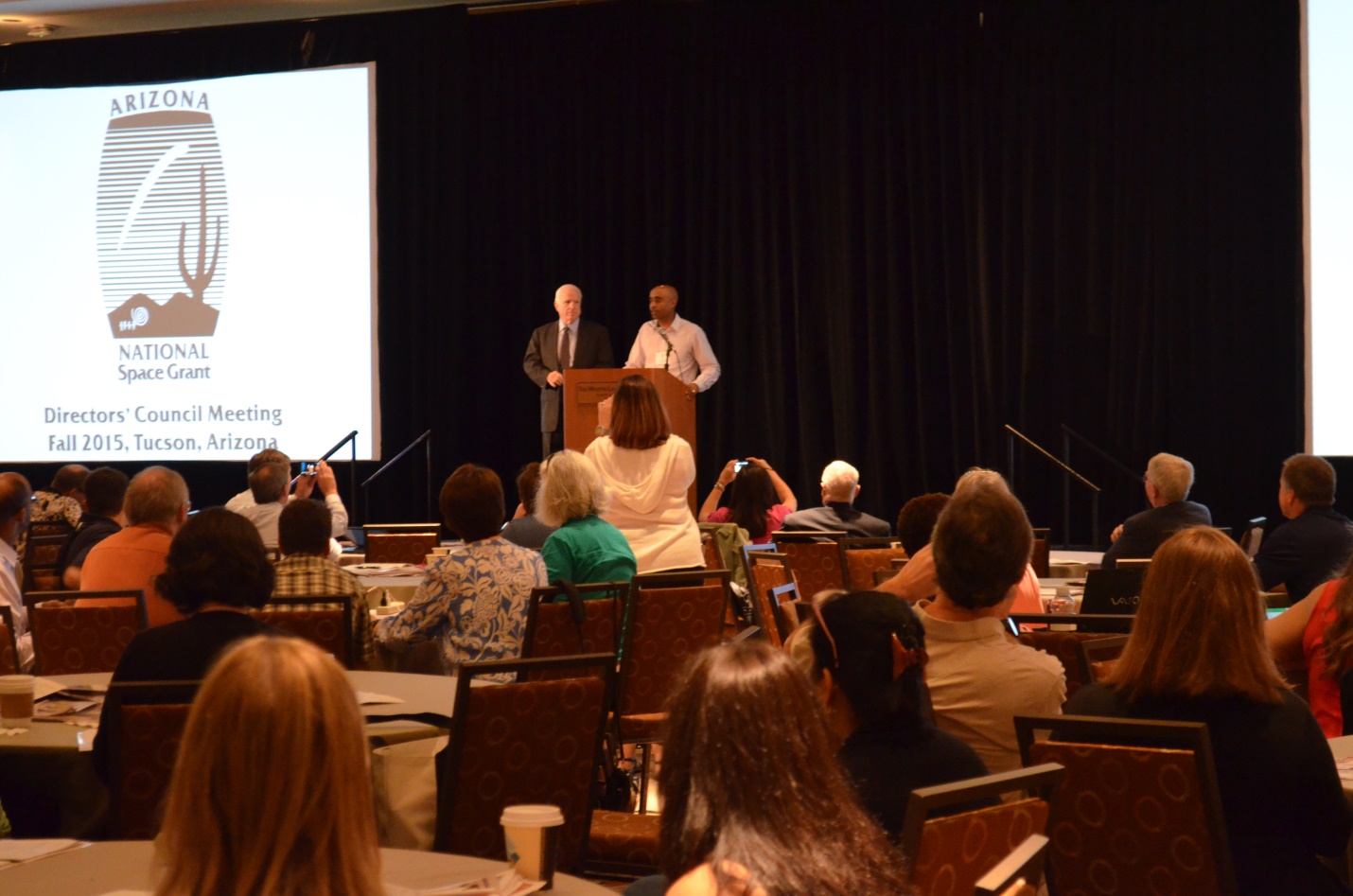


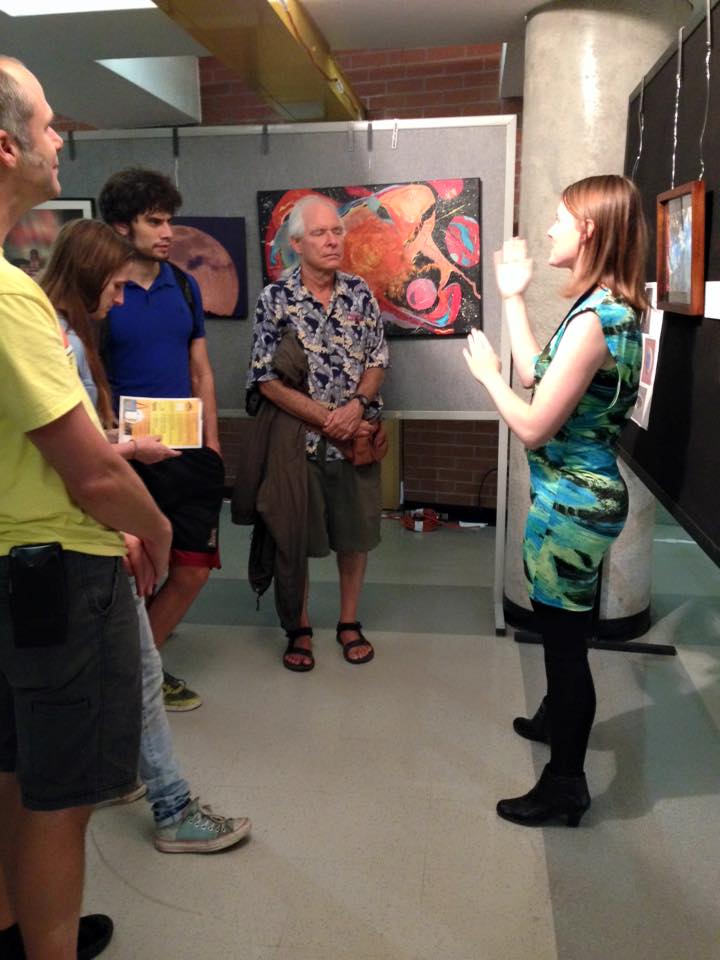
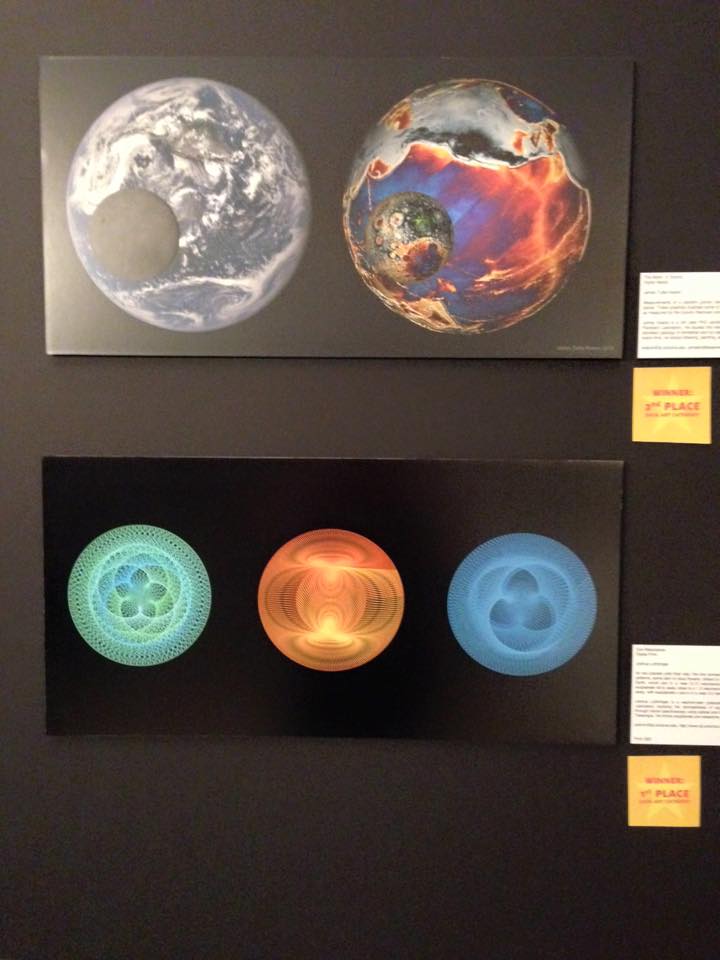

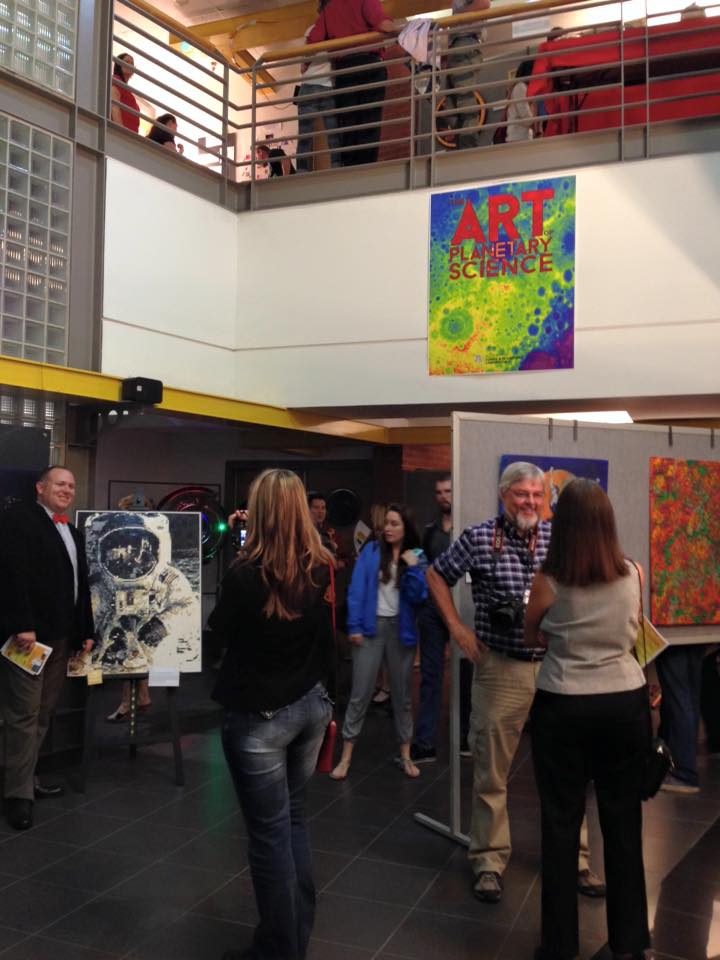
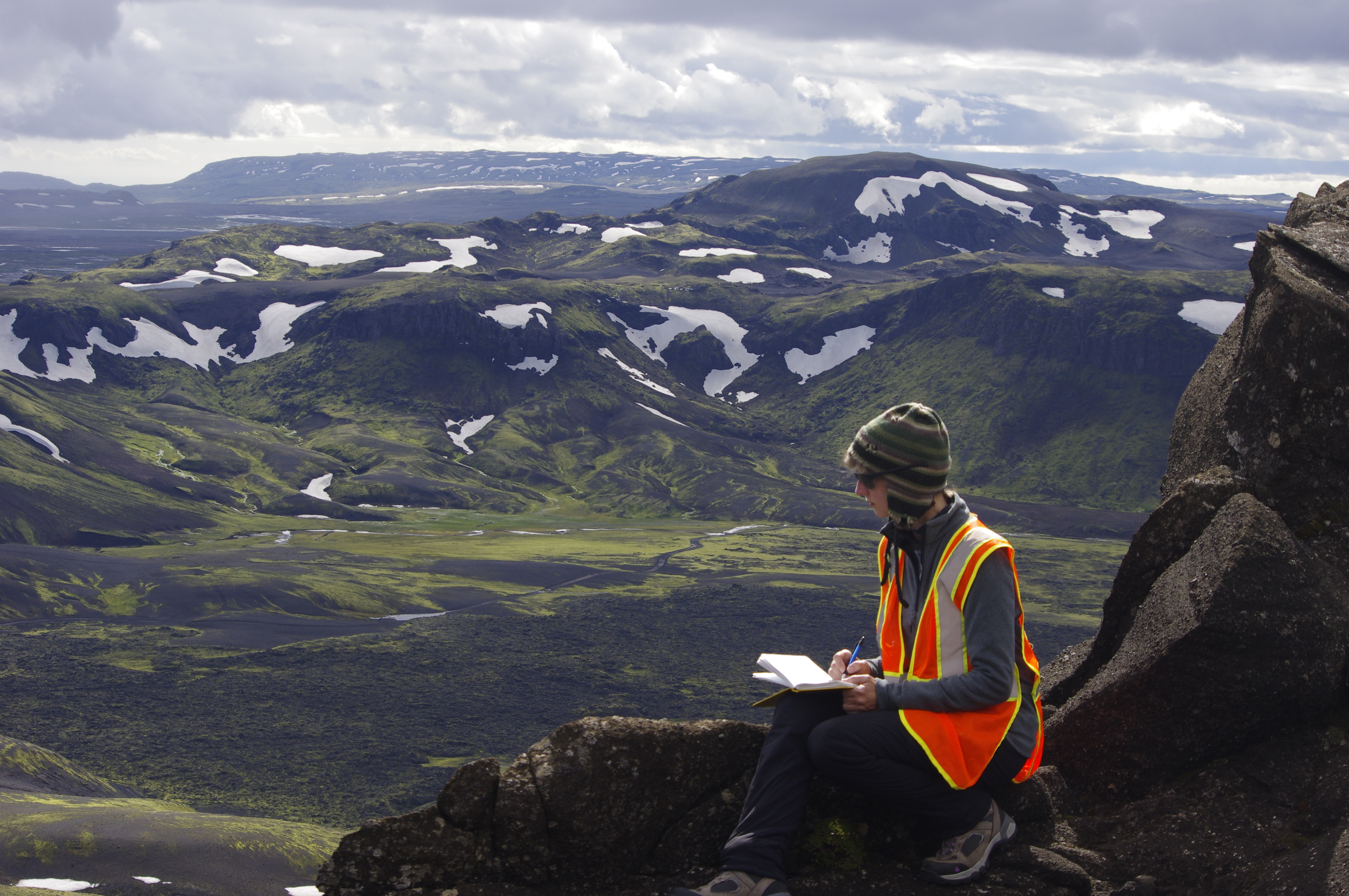
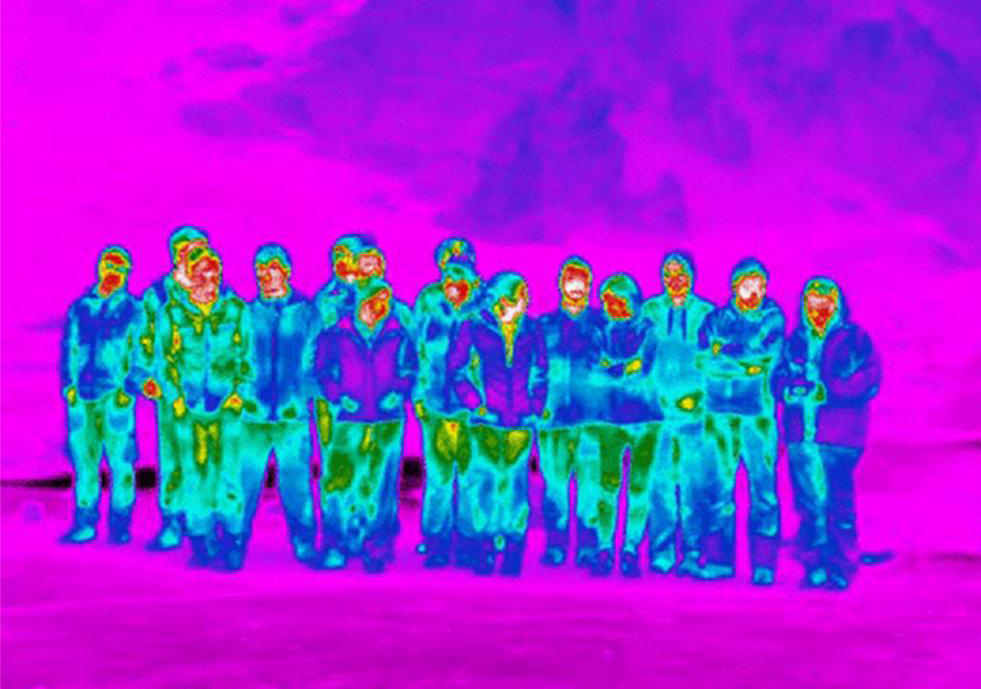
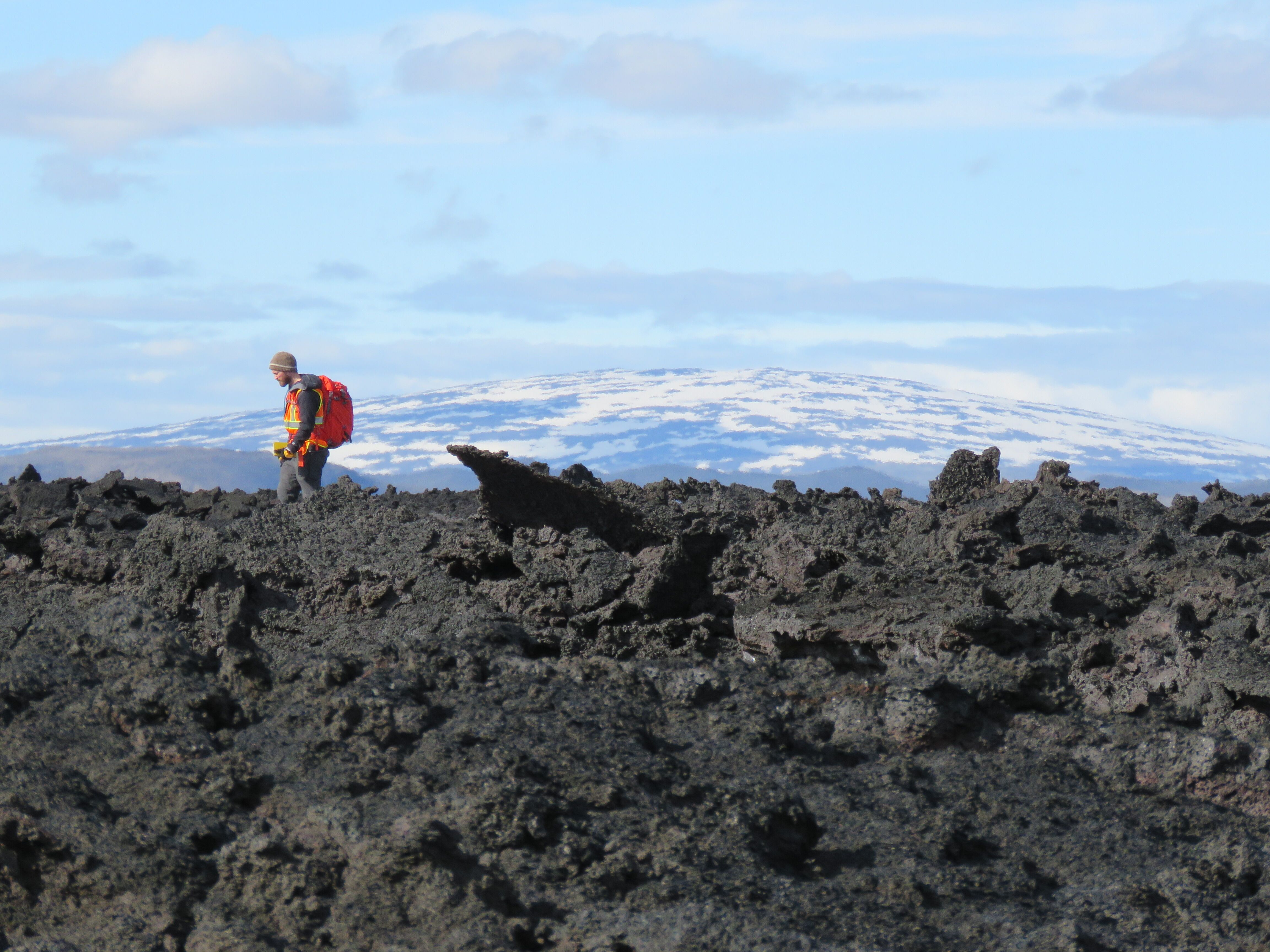
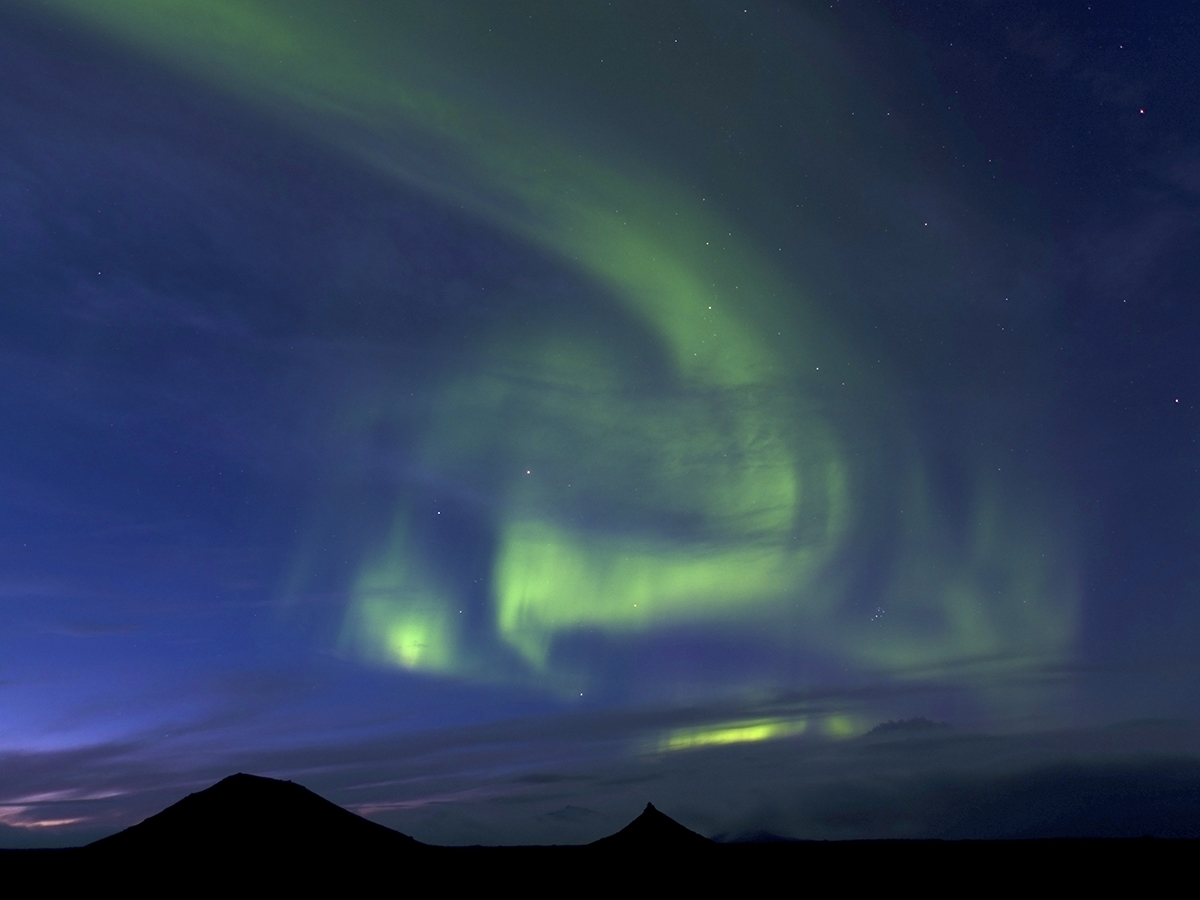
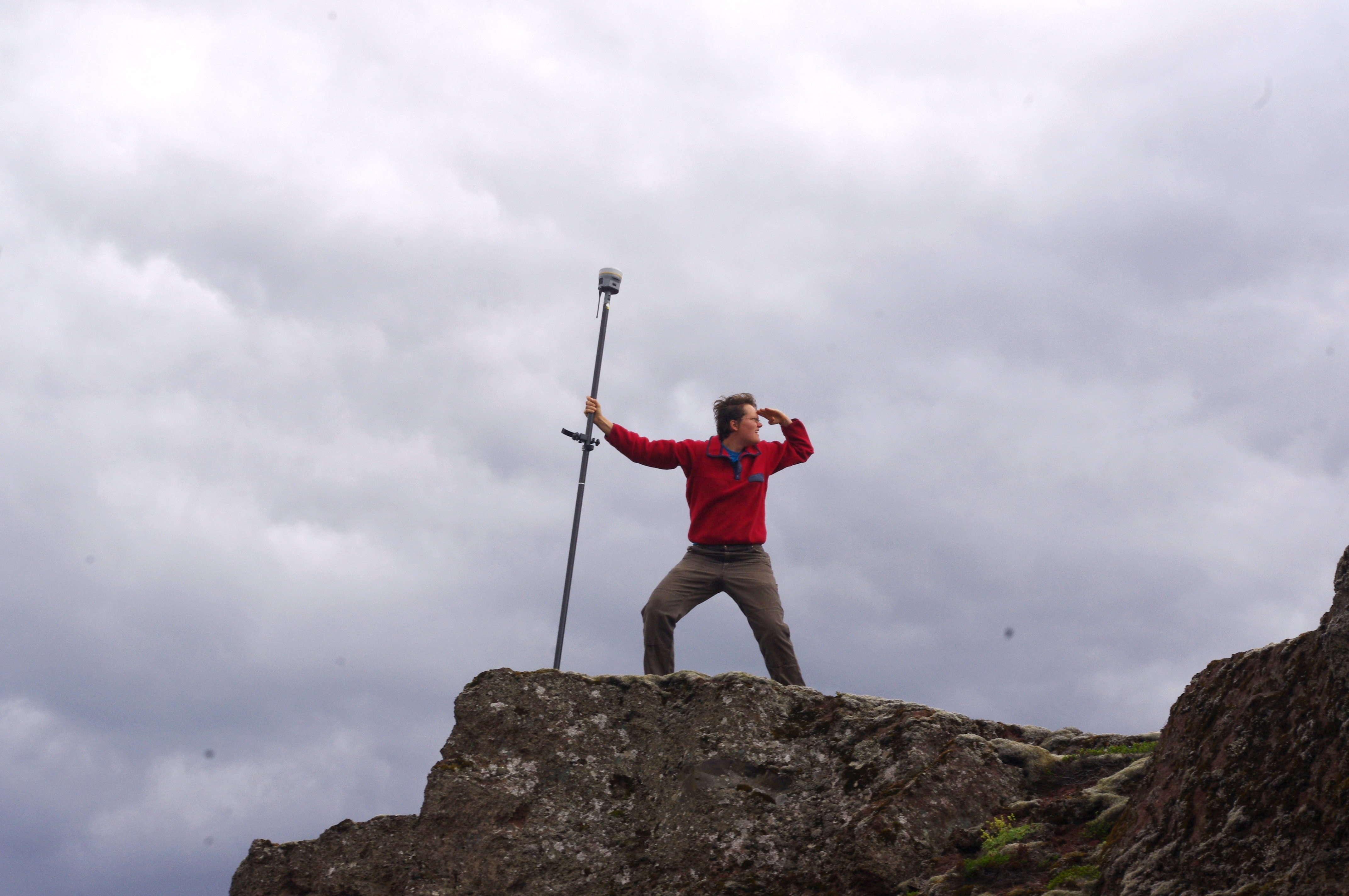
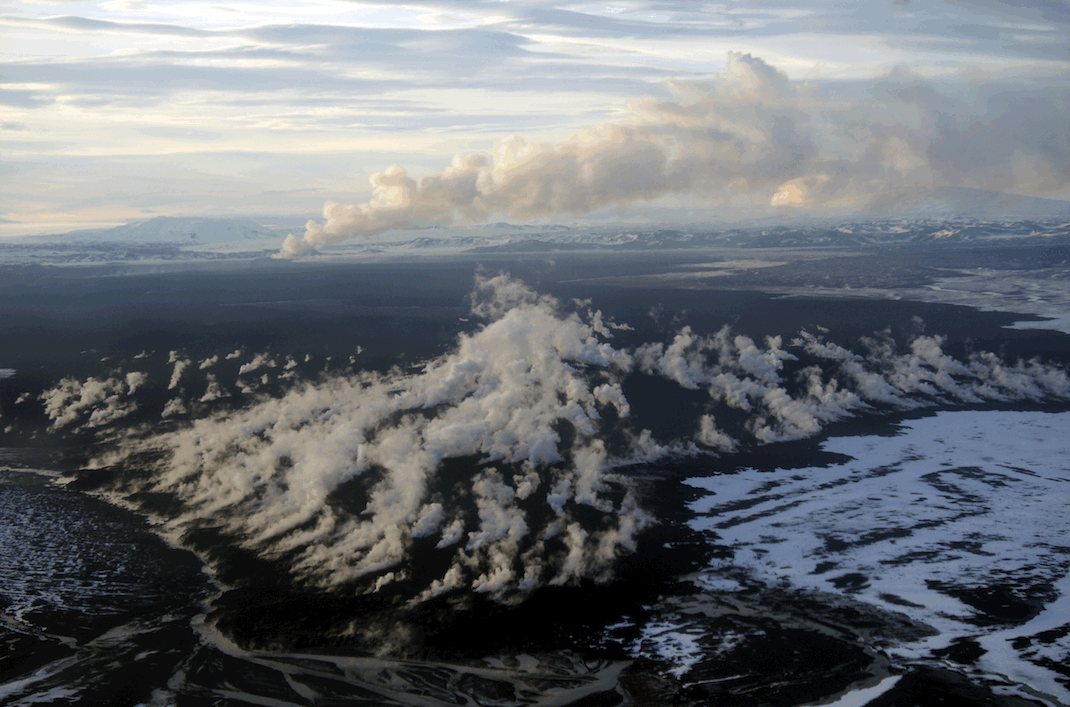
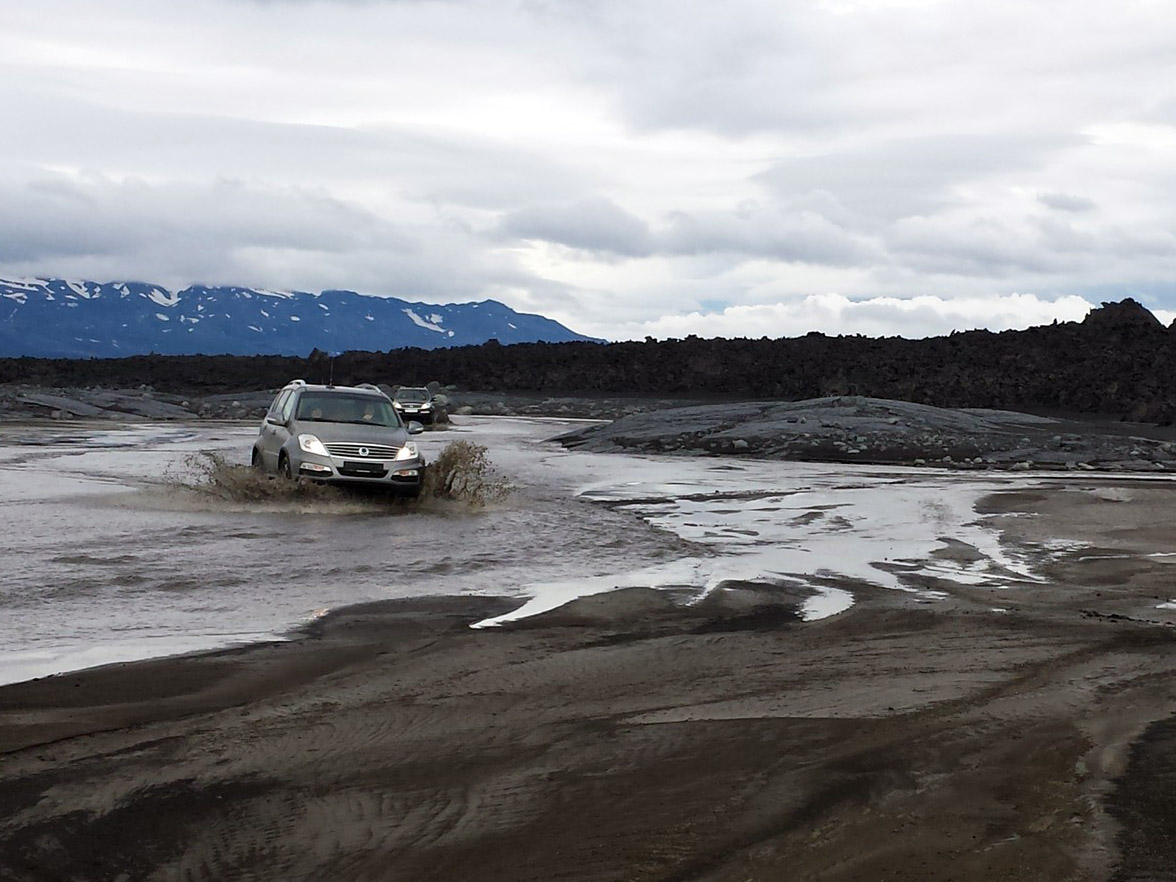
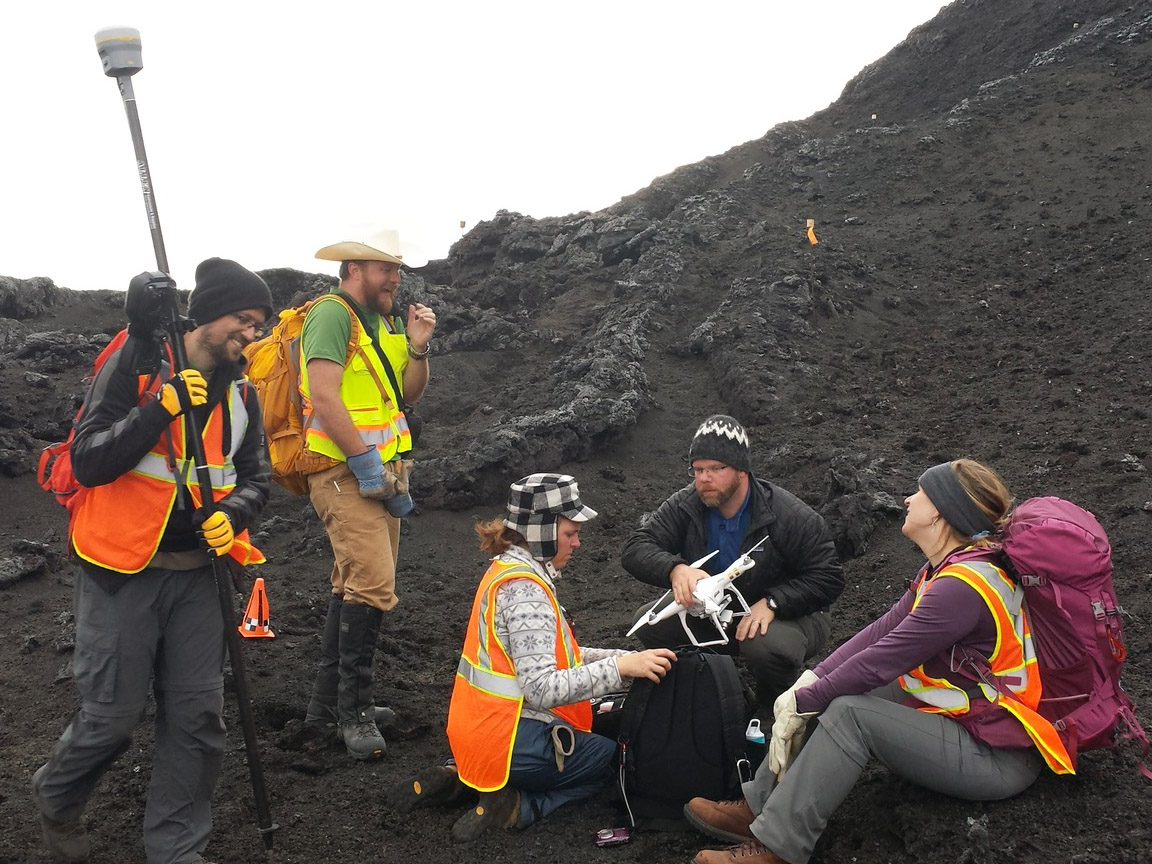
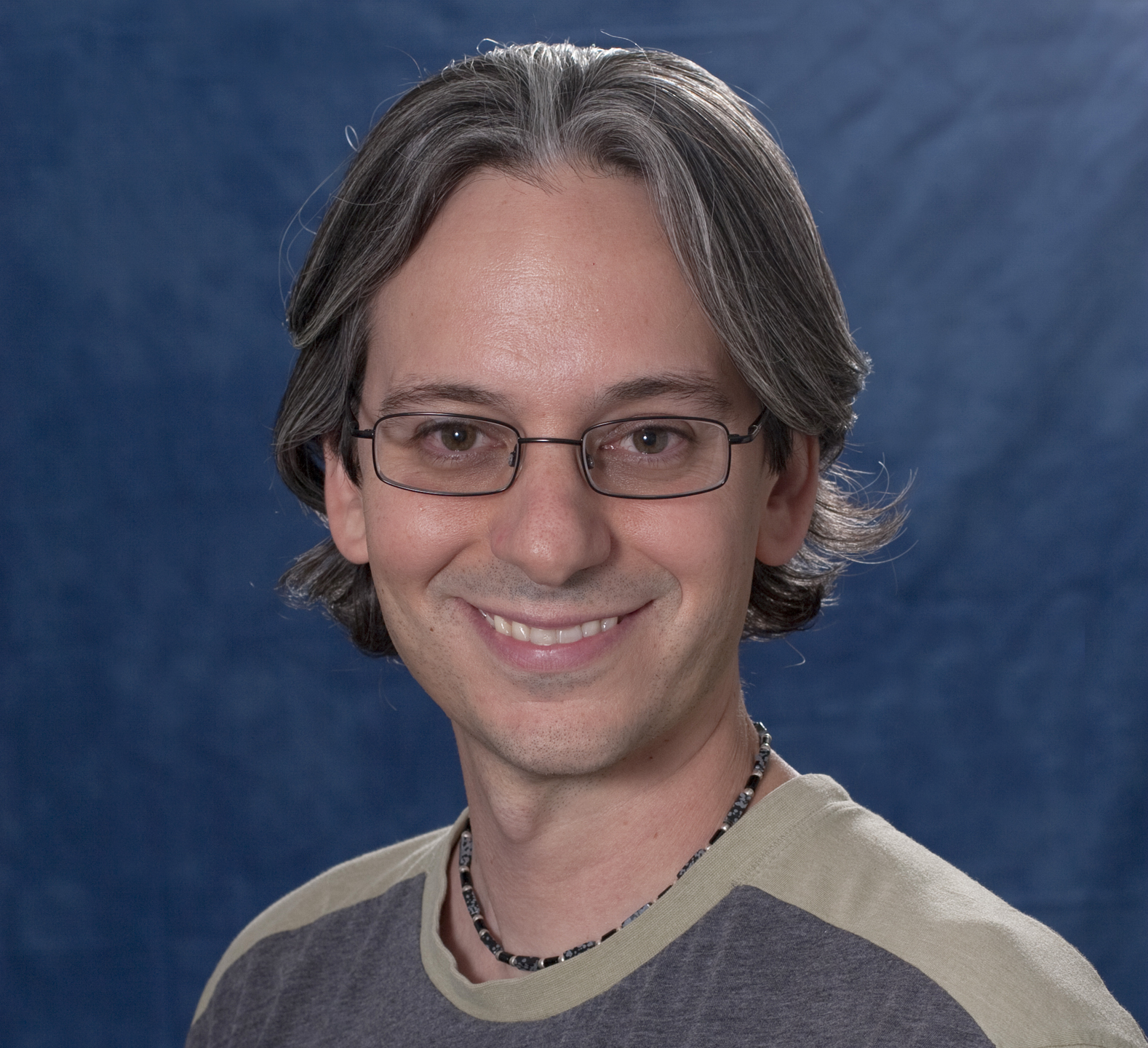 Staff Scientist Carl Hergenrother is a member of the
Staff Scientist Carl Hergenrother is a member of the 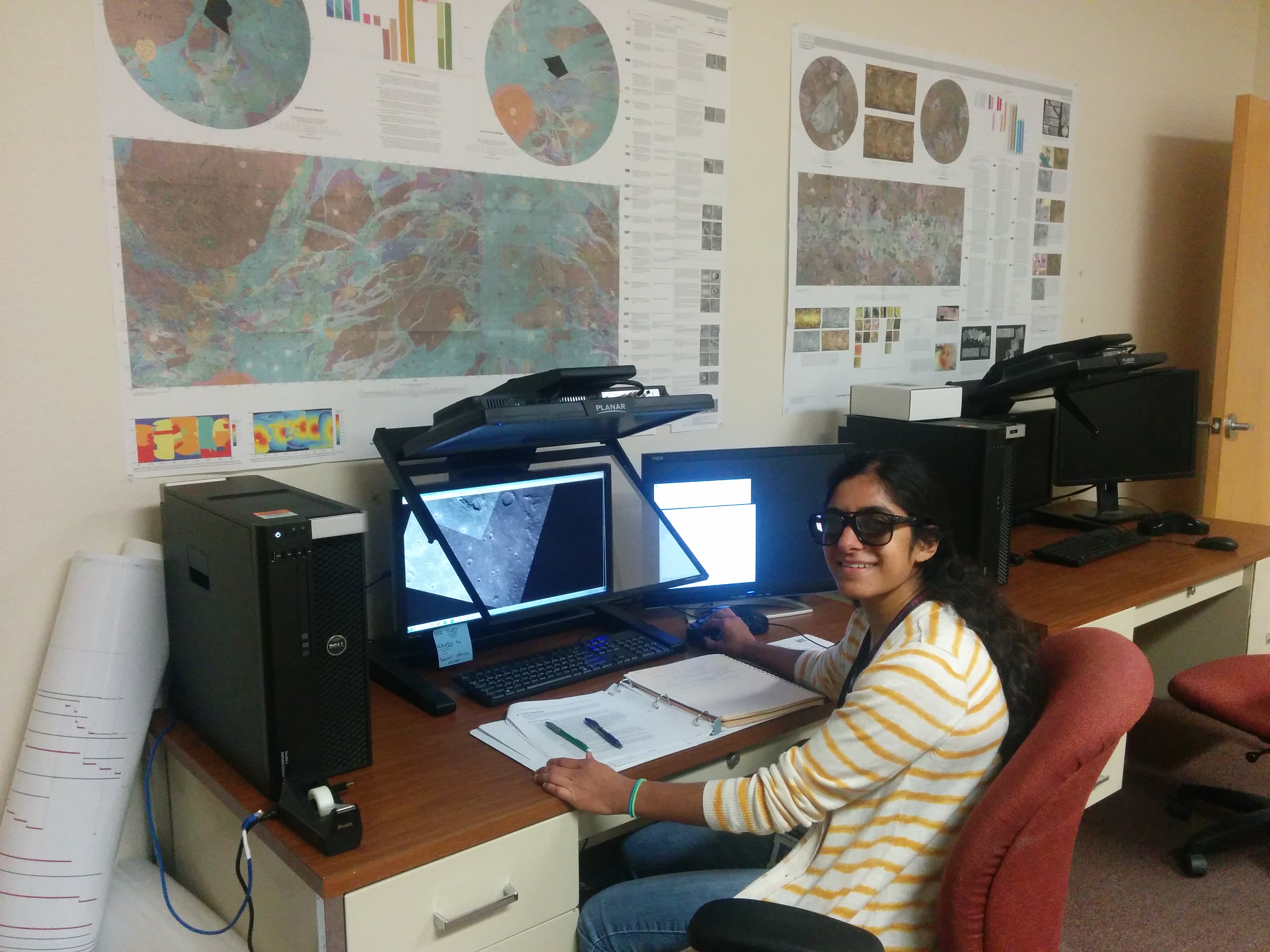
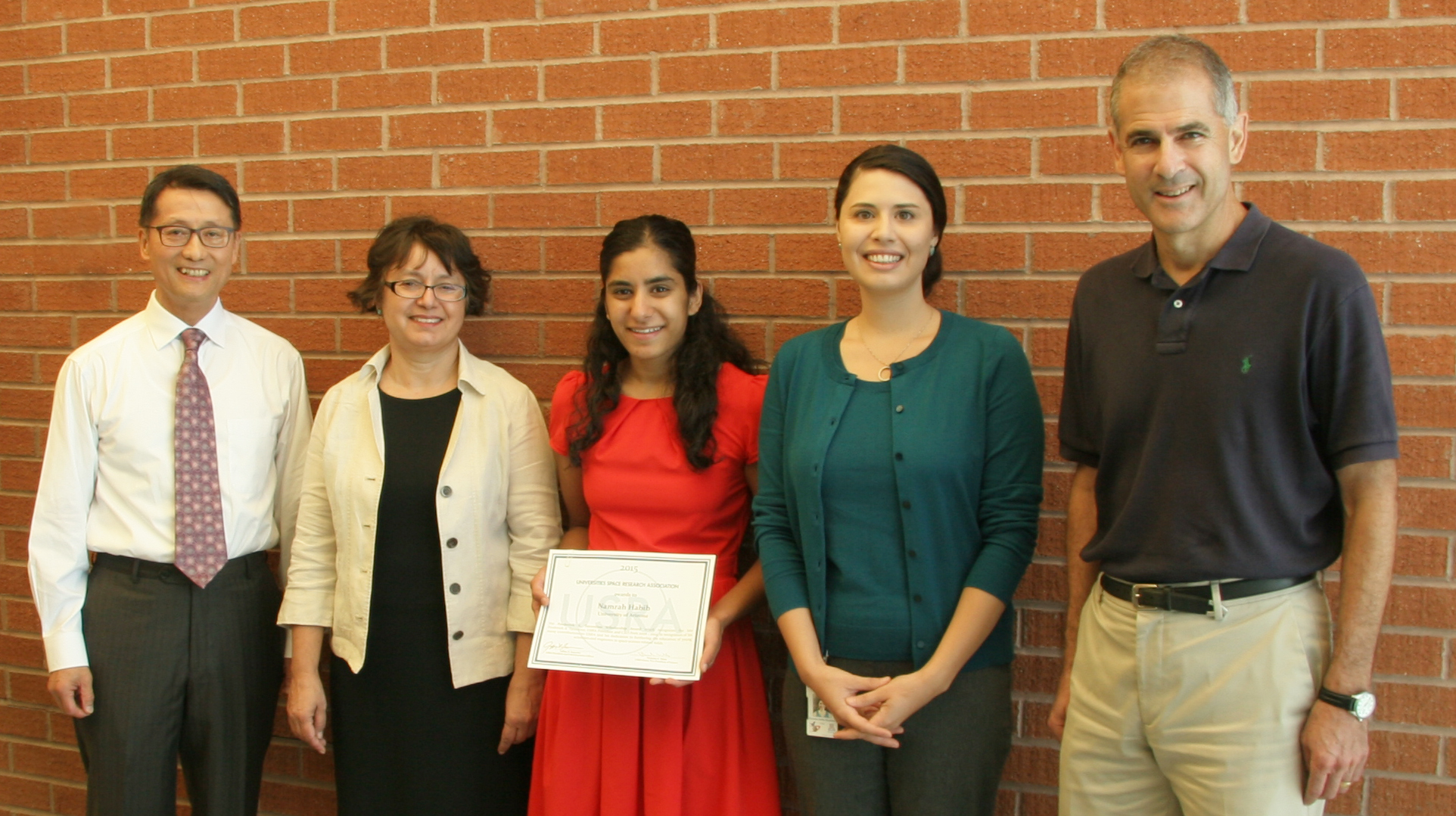
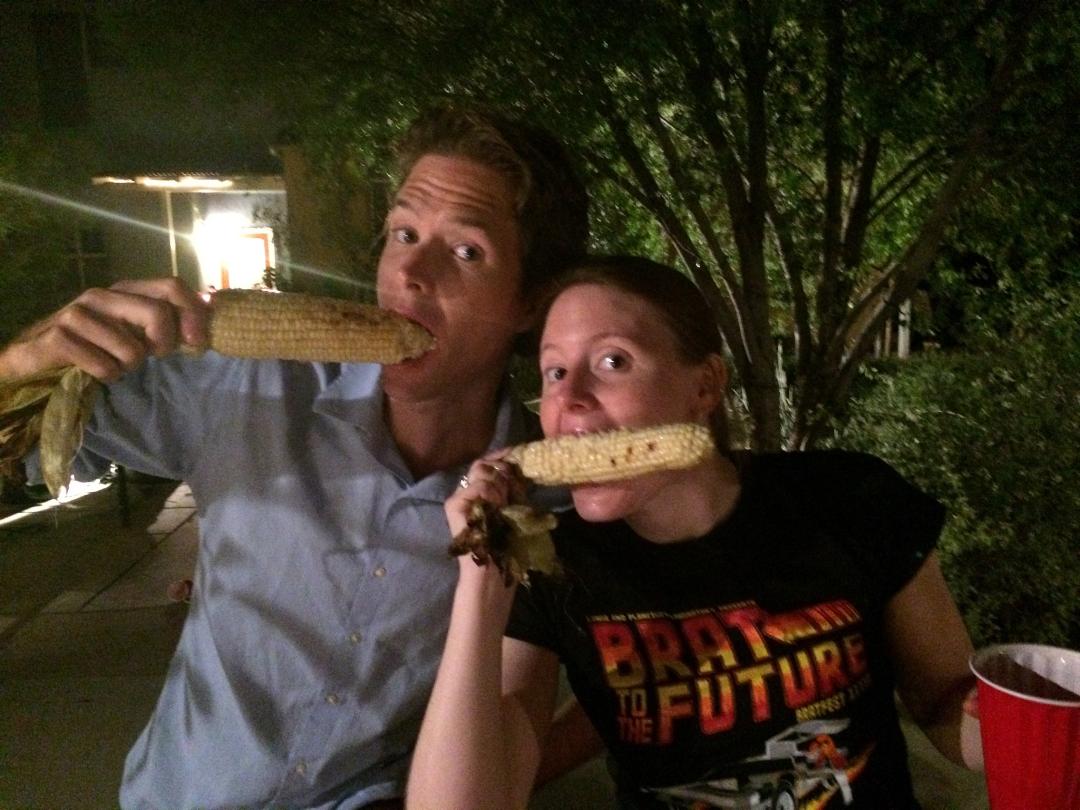 Bratfest 37: Brat to the Future was held on Saturday, October 3, and 1.21 gigawatts of fun was had by all who attended! We stuffed ourselves full of brats, corn, potato salad, cheesecakes and many local brews. If our calculations are correct, the corn grill even hit 88 miles per hour... as those at the 'fest can attest to. Despite the lack of promised hoverboards, the kids still enjoyed breaking planet-themed piñatas and scavenging for candy. We even had alumni of Bratfest's past fly into town to attend (which luckily did not break the space-time continuum and send us back to 1979's Bratfest 1). Thanks to all that supported this year's Bratfest, and the LPL grad students hope to see you next year! If you are interested in buying a shirt (from this year's 'fest, or previous years) or would like to donate to the cause, contact Ali Bramson (
Bratfest 37: Brat to the Future was held on Saturday, October 3, and 1.21 gigawatts of fun was had by all who attended! We stuffed ourselves full of brats, corn, potato salad, cheesecakes and many local brews. If our calculations are correct, the corn grill even hit 88 miles per hour... as those at the 'fest can attest to. Despite the lack of promised hoverboards, the kids still enjoyed breaking planet-themed piñatas and scavenging for candy. We even had alumni of Bratfest's past fly into town to attend (which luckily did not break the space-time continuum and send us back to 1979's Bratfest 1). Thanks to all that supported this year's Bratfest, and the LPL grad students hope to see you next year! If you are interested in buying a shirt (from this year's 'fest, or previous years) or would like to donate to the cause, contact Ali Bramson (
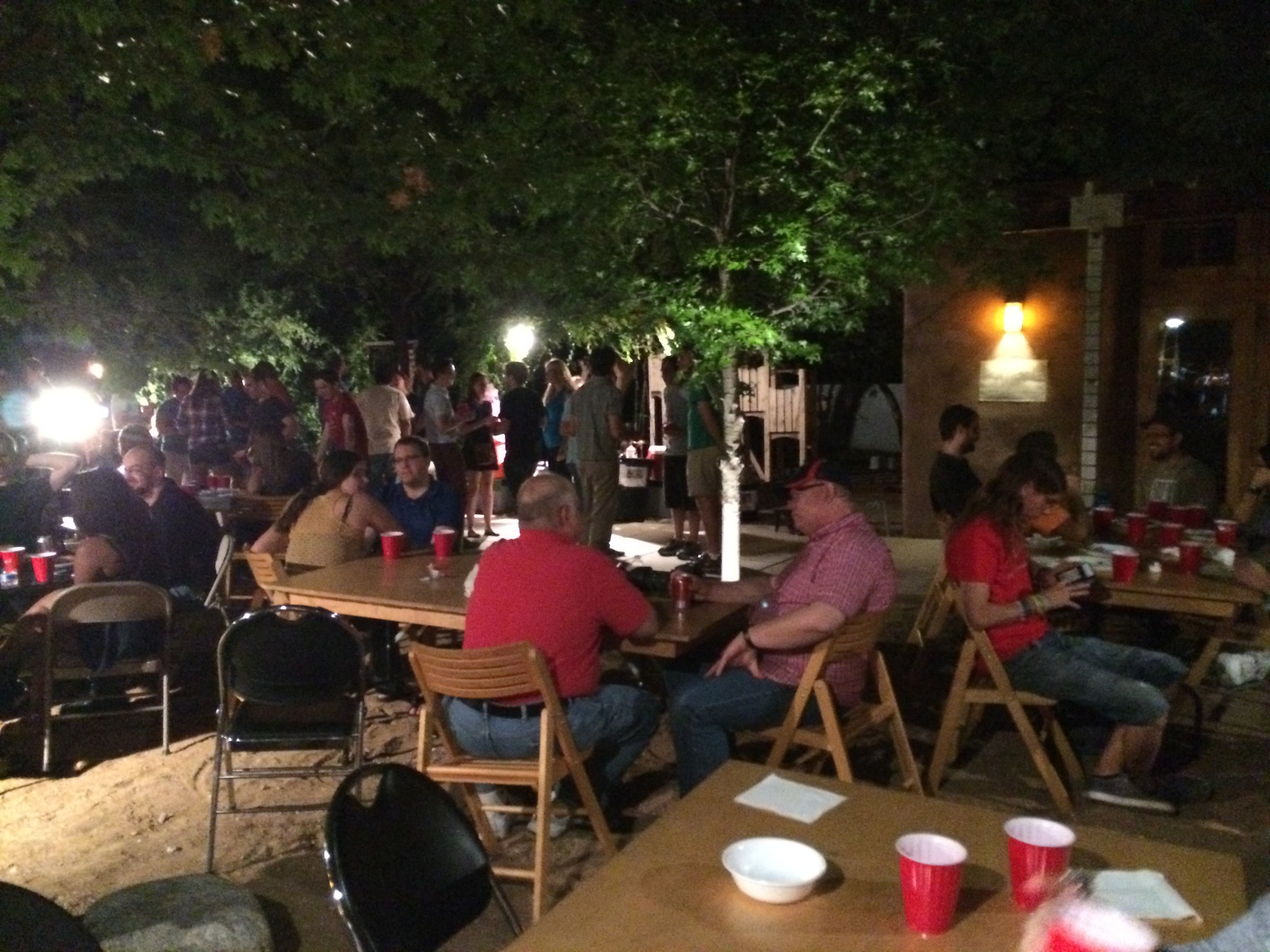
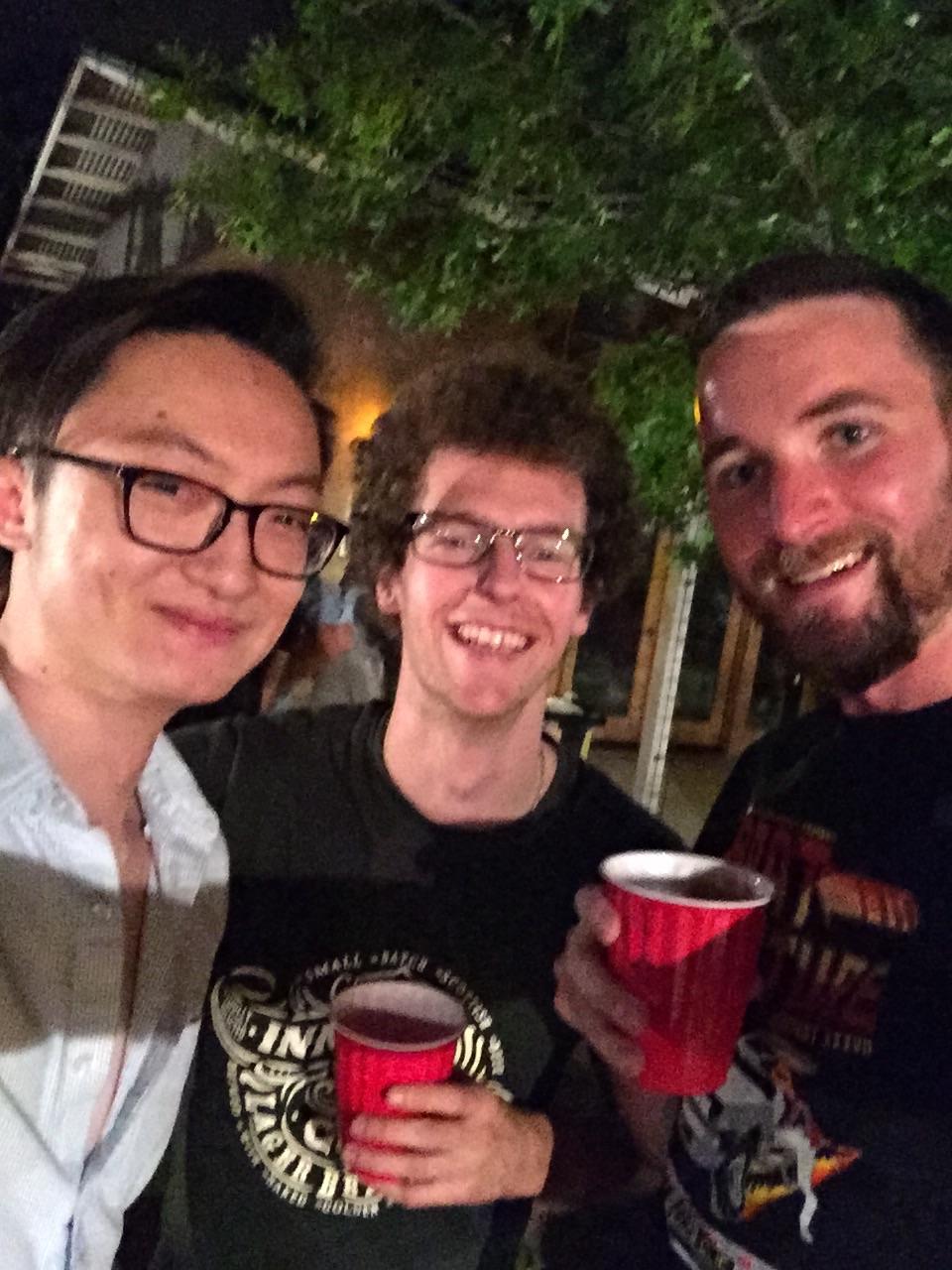
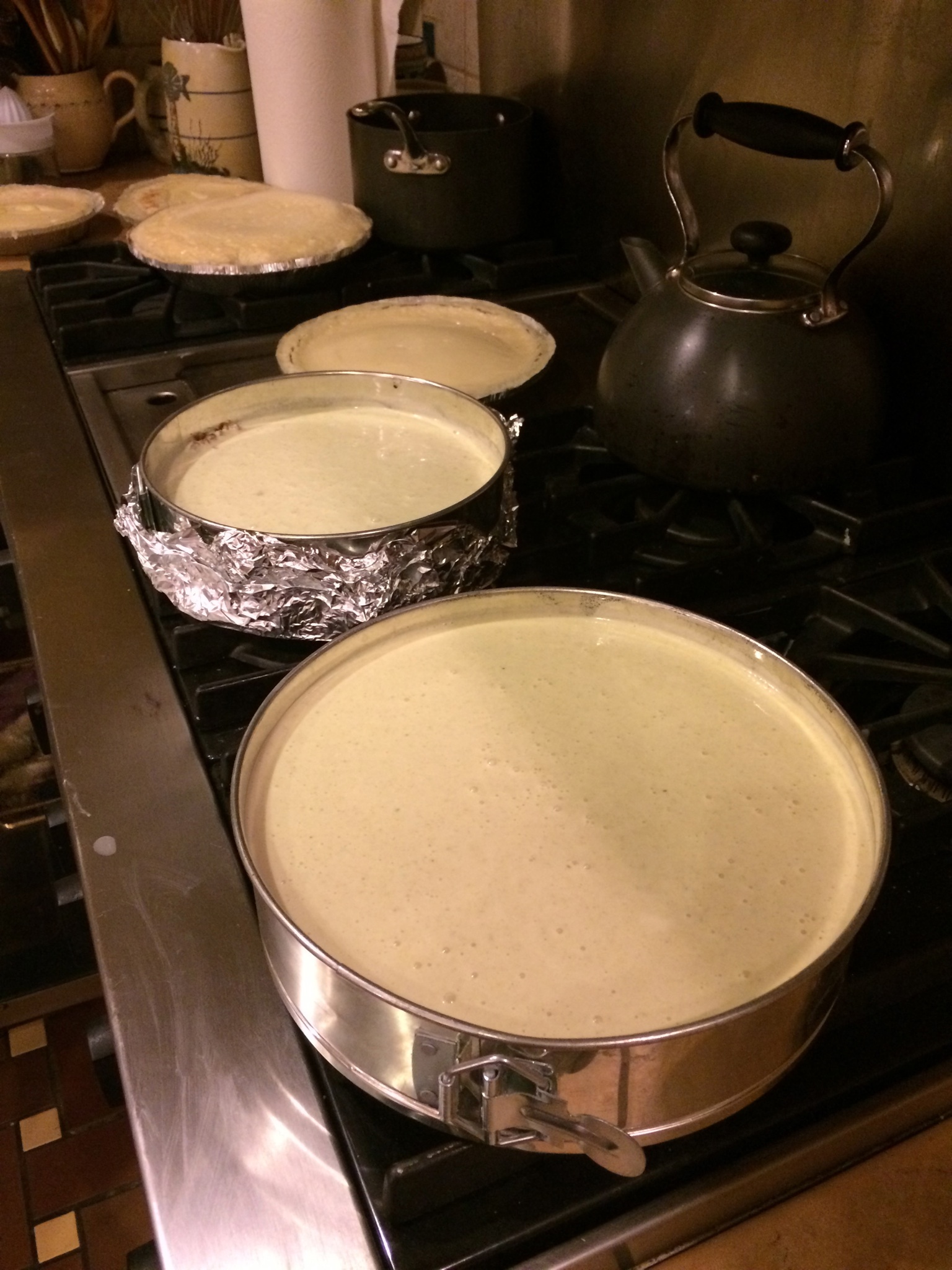
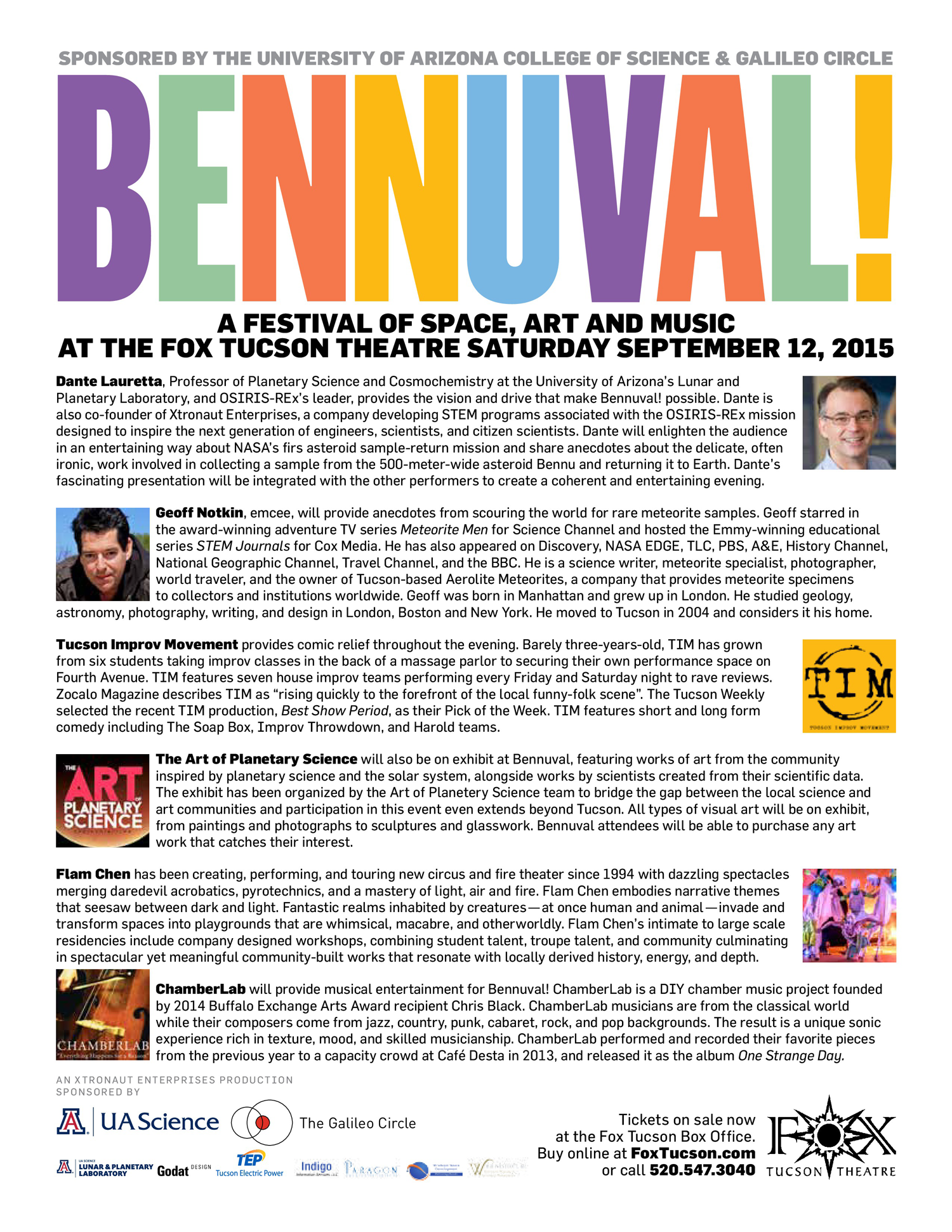
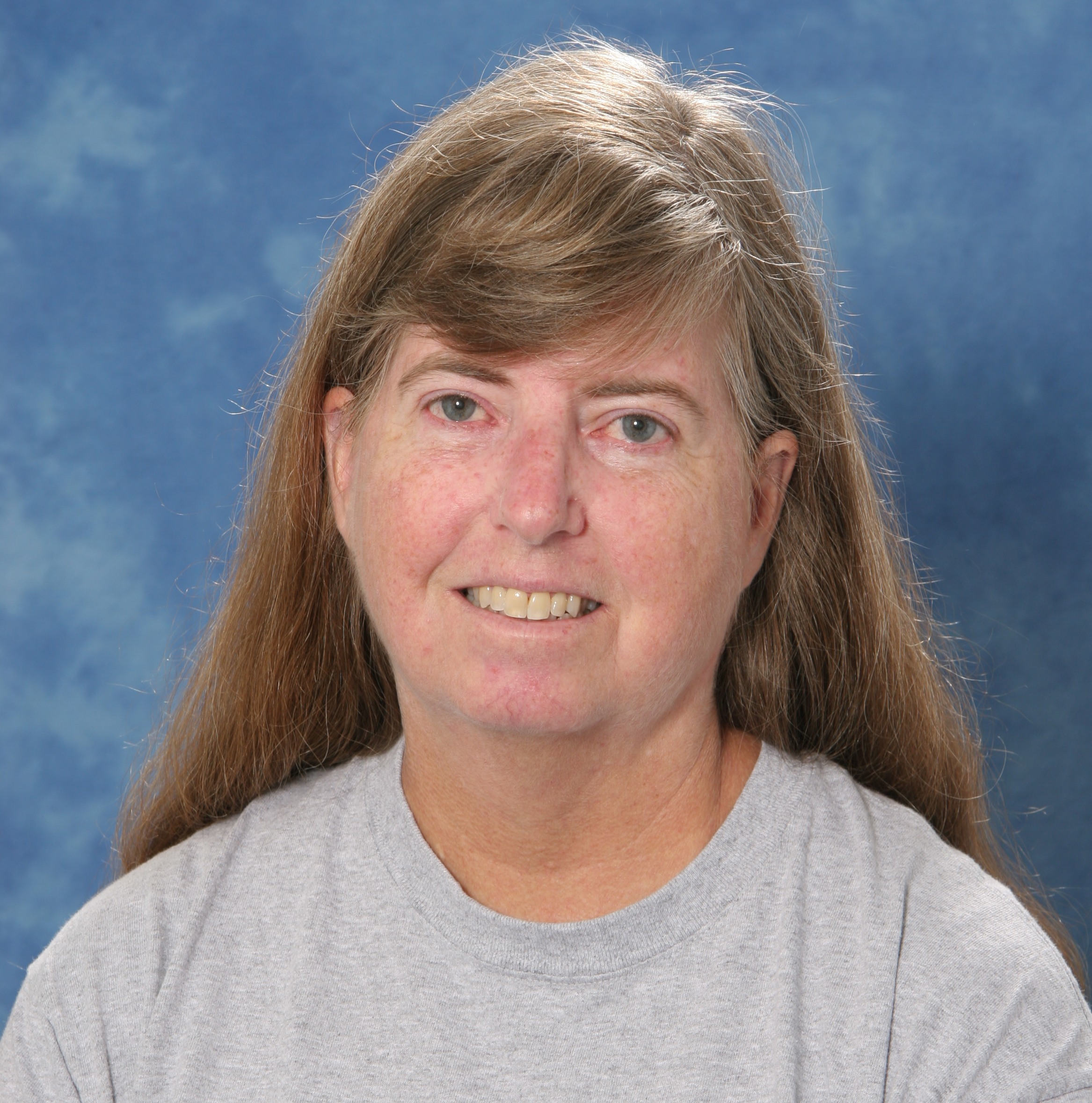
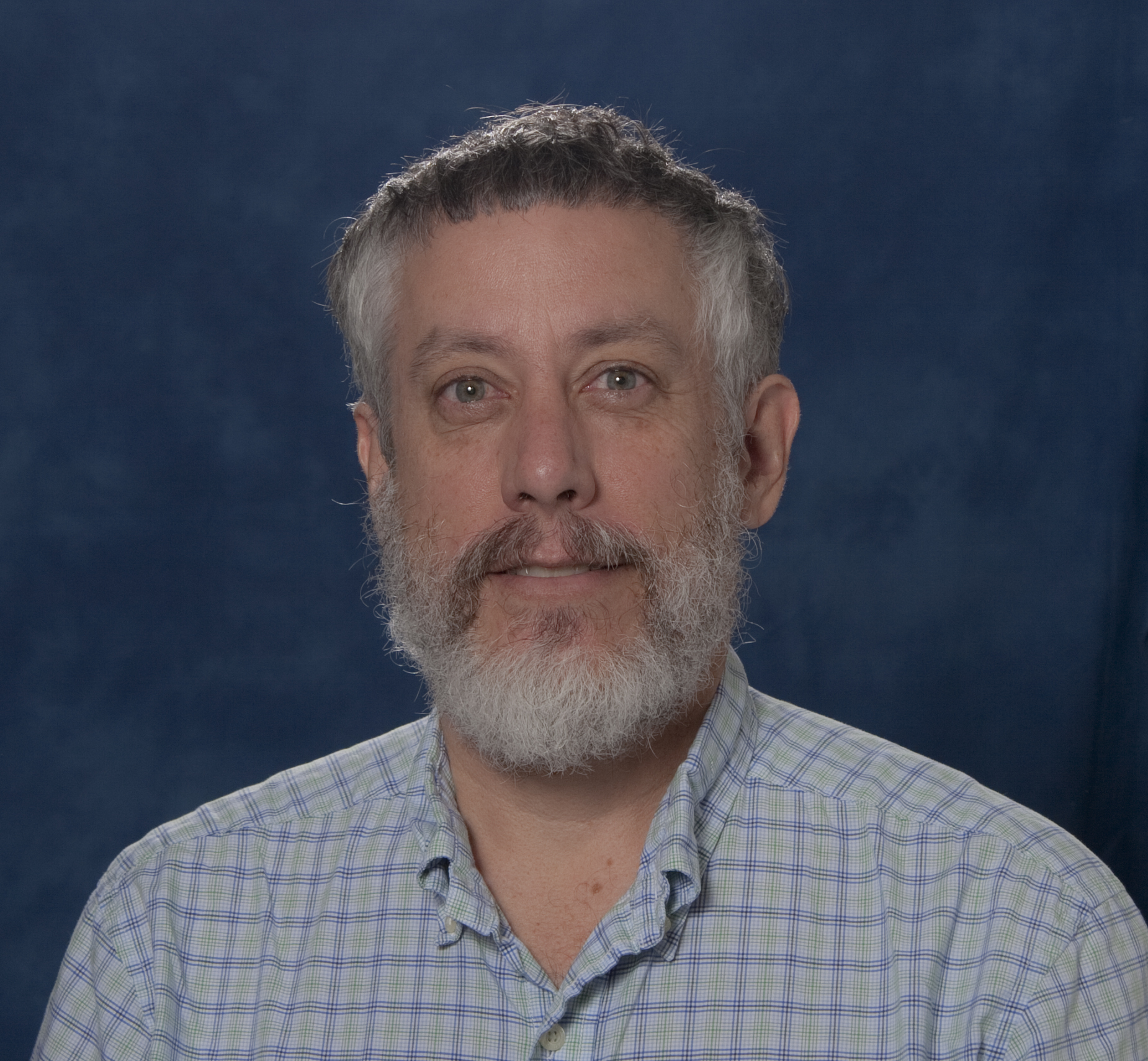
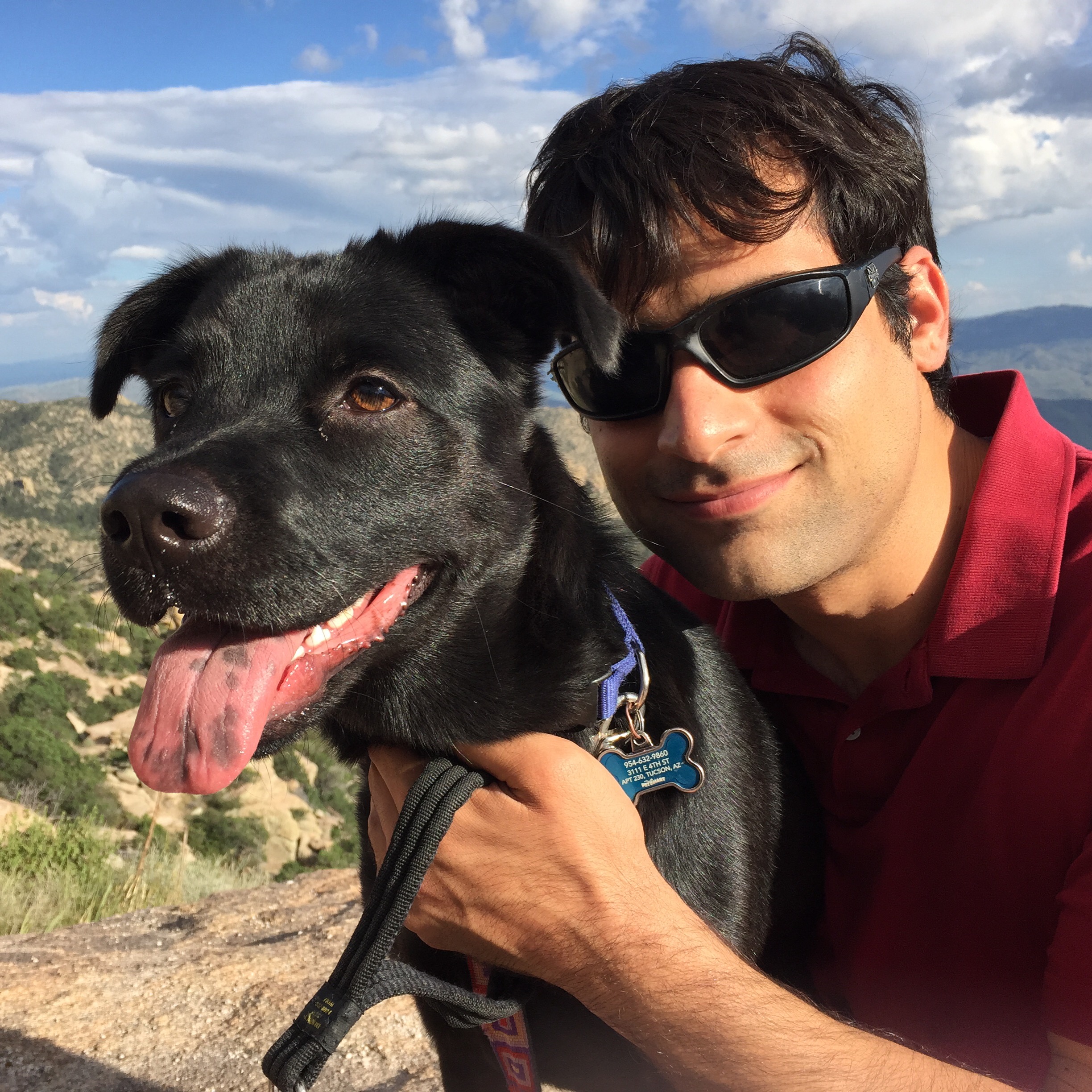 Mike Sori joined LPL in September 2014, working as a post-doctoral research associate on viscous flow modeling with
Mike Sori joined LPL in September 2014, working as a post-doctoral research associate on viscous flow modeling with 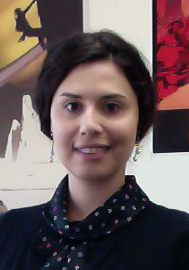 Daniella DellaGiustina works as the Lead Image Processing Scientist for NASA's
Daniella DellaGiustina works as the Lead Image Processing Scientist for NASA's  Kenny Fine is a Senior Systems Administrator with the Planetary Image Research Lab/HiRISE. He has been with
Kenny Fine is a Senior Systems Administrator with the Planetary Image Research Lab/HiRISE. He has been with 